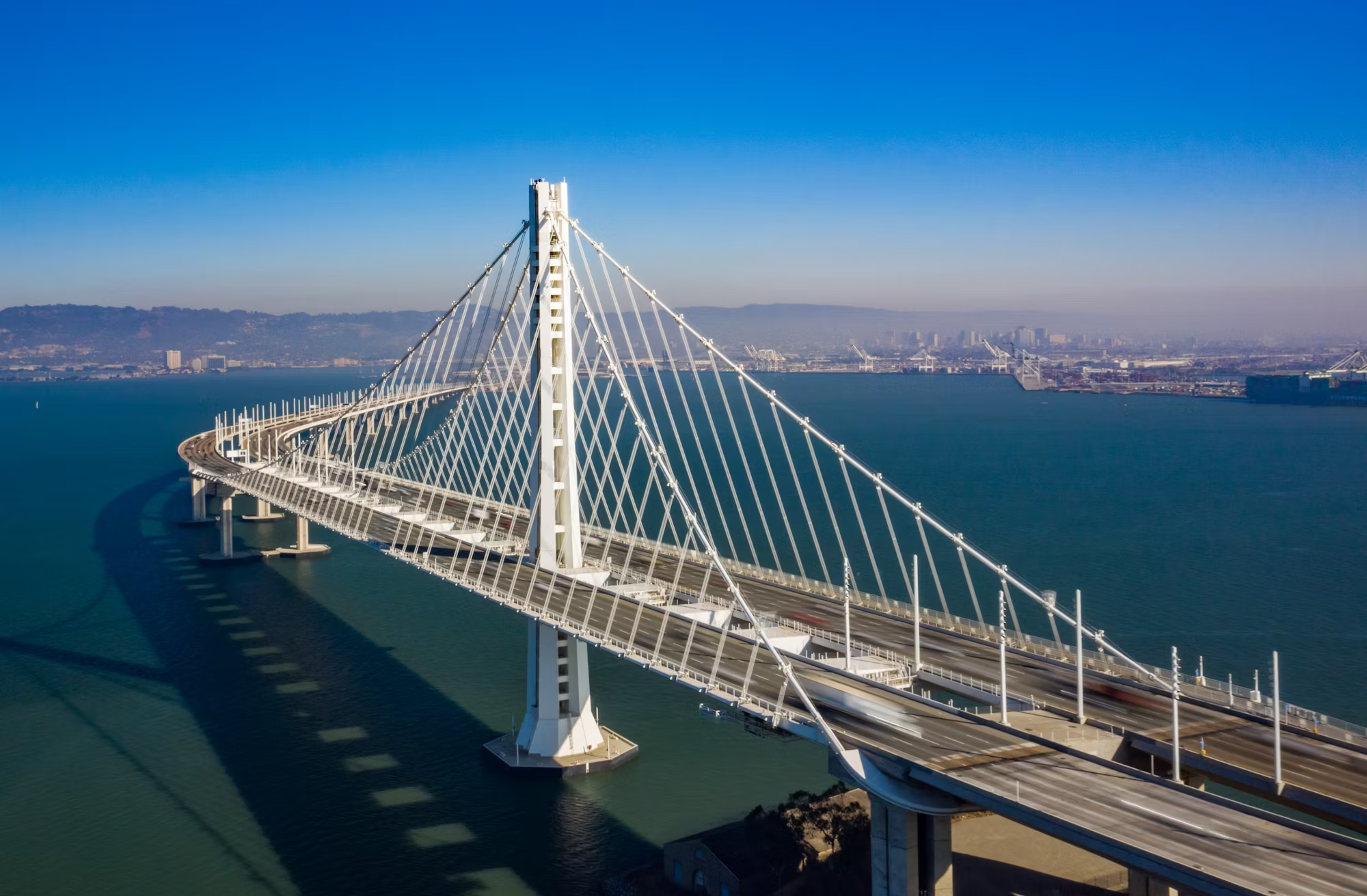As urbanization continues to accelerate worldwide, the need for sustainable urban design has never been more critical. Cities are at the forefront of many environmental challenges, including pollution, resource depletion, and climate change. By embracing sustainable design principles, urban planners can create greener, more livable spaces that meet the needs of both current and future generations. This article delves into the essential components of sustainable urban design, showcasing innovative strategies that promote environmental stewardship and enhance the quality of life for residents. One of the foundational principles of sustainable urban design is the emphasis on mixed-use development. By integrating residential, commercial, and recreational spaces within a single area, cities can reduce the need for long commutes, encouraging walking and cycling. This approach not only promotes a healthier lifestyle but also fosters a sense of community, as residents are more likely to interact with one another in vibrant, mixed-use neighborhoods. For example, incorporating shops, parks, and public spaces within walking distance of homes can create a more cohesive urban environment where residents can enjoy a variety of amenities without relying heavily on vehicles. Additionally, mixed-use development can stimulate local economies by supporting small businesses and attracting visitors. Another critical aspect of sustainable urban design is the incorporation of green infrastructure. Green roofs, urban forests, and permeable pavements are examples of strategies that enhance urban environments while providing essential ecological benefits. Green roofs, for instance, can help reduce the urban heat island effect by lowering temperatures in densely populated areas. They also improve air quality by filtering pollutants and providing habitats for local wildlife. Urban forests and parks contribute to biodiversity and offer residents recreational opportunities, fostering a deeper connection with nature. Moreover, implementing permeable pavements allows rainwater to infiltrate the ground, reducing stormwater runoff and mitigating flooding. The promotion of public transportation is another essential element of sustainable urban design. Investing in efficient and accessible public transit systems encourages residents to rely less on personal vehicles, reducing traffic congestion and greenhouse gas emissions. Cities can enhance public transportation options by creating dedicated bus lanes, expanding rail networks, and implementing bike-sharing programs. Furthermore, integrating various transportation modes—such as buses, trains, and bicycles—into a cohesive system allows for seamless travel, making public transit a more attractive option for commuters. A comprehensive approach to urban design also includes the importance of energy efficiency and renewable energy sources. Sustainable buildings that adhere to green building standards can significantly reduce energy consumption and lower utility costs for residents. Incorporating features such as energy-efficient windows, insulation, and smart technologies allows buildings to utilize resources more effectively. Additionally, cities can promote the use of renewable energy by installing solar panels on public buildings and encouraging residents to do the same. This transition not only supports local economies through job creation in the renewable energy sector but also contributes to reducing carbon emissions and combating climate change. Engaging communities in the planning process is vital to the success of sustainable urban design. By involving residents in decision-making, cities can ensure that developments reflect the values and needs of the community. Public forums, workshops, and surveys can provide valuable insights into local priorities, fostering a sense of ownership and commitment among residents. This collaborative approach not only enhances the design process but also promotes social equity, ensuring that diverse voices are heard and considered in shaping the urban environment. Another significant trend in sustainable urban design is the emphasis on resilience. As cities face the impacts of climate change, including extreme weather events and rising sea levels, it is crucial to develop strategies that enhance resilience. This includes creating green spaces that absorb floodwaters, implementing sustainable drainage systems, and reinforcing infrastructure to withstand severe weather conditions. By prioritizing resilience in urban design, cities can protect their communities and ecosystems while minimizing potential disruptions caused by climate-related challenges. Moreover, sustainable urban design can enhance the overall well-being of residents. Access to green spaces, active transportation options, and community amenities contributes to physical and mental health, promoting a higher quality of life. Cities that prioritize sustainable design create environments that encourage outdoor activities, social interaction, and a sense of belonging. By fostering vibrant communities, urban planners can cultivate a strong sense of identity and pride among residents. The role of technology in sustainable urban design cannot be overlooked. Smart city technologies, such as real-time data analytics and IoT devices, provide valuable insights that inform decision-making and enhance urban management. For instance, smart sensors can monitor air quality, traffic patterns, and energy consumption, allowing cities to respond proactively to emerging issues. By leveraging technology, urban planners can create more efficient systems that improve the overall functionality of the city while addressing environmental concerns. In conclusion, the path to greener cities lies in the principles of sustainable urban design. By embracing mixed-use development, green infrastructure, public transportation, energy efficiency, and community engagement, cities can create environments that are not only environmentally friendly but also socially inclusive and economically vibrant. As urbanization continues to shape our world, it is essential for urban planners, policymakers, and communities to collaborate in developing innovative solutions that prioritize sustainability and enhance the quality of life for all residents. With a commitment to sustainable practices and a focus on resilience, we can build cities that thrive in harmony with nature and meet the challenges of the future.

Embracing Sustainable Urban Design: The Path to Greener Cities
Categories:
Related Posts

Innovations in Automotive Safety: Driving Toward a Safer FutureInnovations in Automotive Safety: Driving Toward a Safer Future
An exploration of the latest advancements in automotive safety technologies, examining how they enha ...

Exploring the Evolution of Electric Vehicles: A Sustainable FutureExploring the Evolution of Electric Vehicles: A Sustainable Future
This article delves into the history, technology, and future of electric vehicles (EVs), highlightin ...

Innovative Garage Solutions: Transforming Space for Modern LivingInnovative Garage Solutions: Transforming Space for Modern Living
Explore creative ways to transform your garage into a versatile space that caters to various lifesty ...